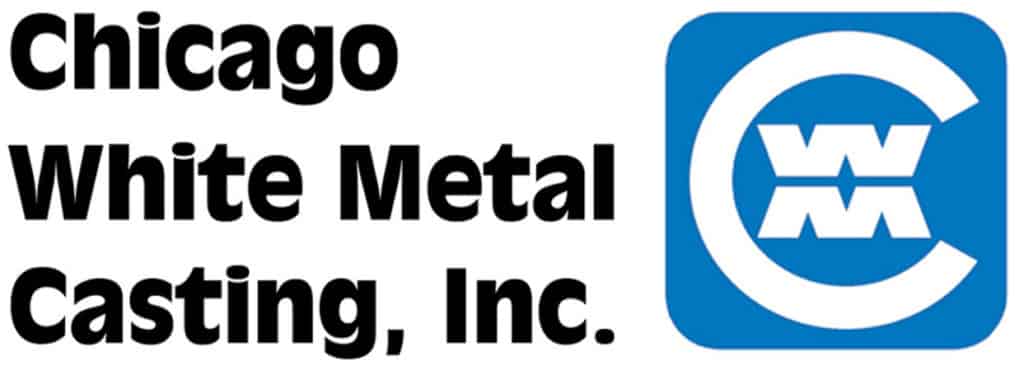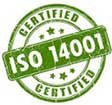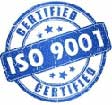In addition to Chicago White Metal’s advanced part design and DFM assistance, CWM offers various prototyping options to bridge the gap between design and production tooled high pressure die casting. CWM’s prototyping process offerings include:
- 3D printing (resin)
- CNC machining
- Gravity casting via the sand, rubber-plaster mold, or investment casting processes
- Prototype die casting
Reasons to Use Prototyping
Prototyping offers the opportunity for design verification – a chance to identify design flaws before committing to production level tooling. And while it is not necessary to prototype every design, sometimes doing so saves time and money. Generally, the further along in the developmental cycle a design error is discovered, the greater its cost.
When tooling needs to be scrapped or reworked, the impact is evident in terms of costs and delays. However, reworking a die cast die also adds cost in decreased die life and potential negative quality impacts. Using today’s prototyping technologies can help manufacturers avoid these stressful situations.
There are several prototype methods from which to choose. Selecting the best option for your application comes down to tradeoffs. For example, some options, such as 3D printing of a plastic model or machining from billet, are relatively inexpensive for low quantities because no tooling is required. But the mechanical properties of a plastic or machined part are quite different than the properties of a die casting. Assessing what prototype process is best for your needs requires consideration of quantity, timing, mechanical properties, dimensional accuracy, surface finish, wall thickness, cosmetic requirements, etc. A good high pressure die casting supplier should be able to guide you toward the appropriate option.
Prototype Methods
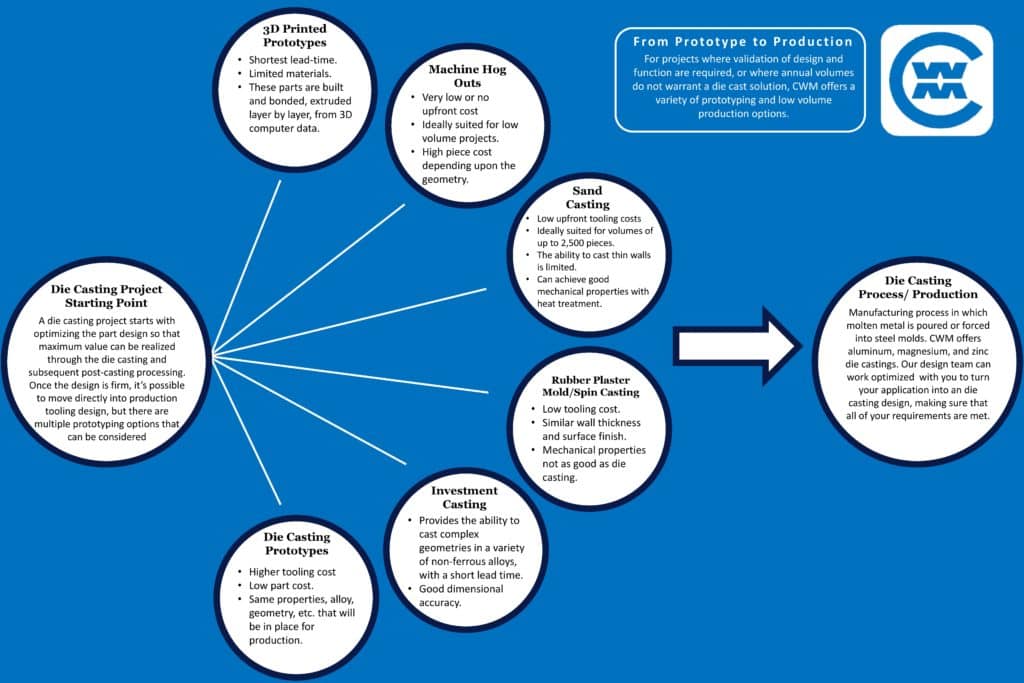
3D Printed Prototypes
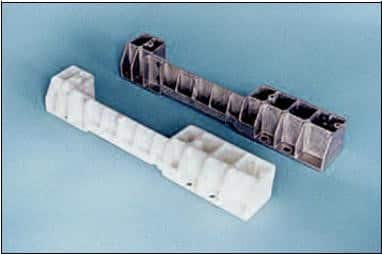
3D printing enables the production of rapid prototypes in many types of plastic, directly from STL design files. Fused Deposit Modeling (FDM) is one form of 3D printing that builds parts layer-by-layer, from resin, directly from 3D computer data. An FDM machine can produce geometrically complex shapes to tolerances of +0.005 in (+.127 mm).
At CWM, we use FDM prototypes for every new die casting project to expedite production and shorten total lead-times. These prototypes give our suppliers and our engineering, production, and quality teams a chance to see parts in advance, ensuring that the part and die cast design is robust. They are also used to develop fixtures, tools, racks, etc., for inspection, machining, assembly, painting, plating, etc. FDM models ensure that the part design results in an efficient manufacturing process and helps reduce overall project lead-time by allowing simultaneous construction of downstream process tooling.
Machined Prototypes
Machined prototypes are widely used because they offer product designers a good combination of physical and mechanical properties, generally short lead-time, and zero to minimal tooling investment. Prototype parts can be machined from billet via CNC machining by working directly from customer CAD files. After transferring a machined prototype to a CAM program interfacing with CNC workstations, we can produce these prototypes in just a couple of days.
CNC machining can produce parts to almost identical part weights and hold exceptional tolerances such that validation of form and fit is assured; we can then perform many functional tests. However, properties are not identical to die castings and parting line conditions, and sometimes the draft required in a die casting is not represented in a machined prototype.
Gravity Cast Prototypes
Sand casting, investment casting, and rubber plaster-mold castings are some of the gravity cast processes used for prototyping. Because of longer solidification times and alloys specific to those processes, various heat treatments are used to approximate a high pressure die casting alloy’s properties.
Compared to high-pressure die casting, sand cast prototypes require thicker walls and larger tolerances, so features that might be “as-cast” in a die casting may need to be machined in a sand casting. These processes utilize lower-cost tooling than high-pressure die casting but have much higher piece prices. These design, property, and cost tradeoffs have to be considered when evaluating the best prototype approach.
Die Cast Prototypes
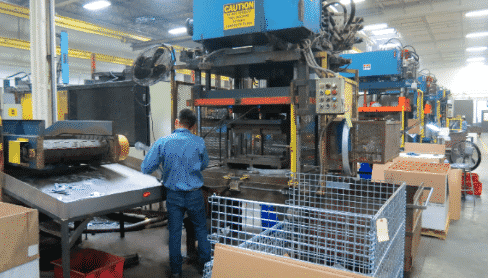
For those who want a prototype with the same properties, alloy, and geometry designated for production and larger quantities, a high pressure die cast prototype is often the best approach. Prototype die casting dies can be produced in shorter lead-times and at less cost because they utilize standardized components – like an existing die base – and pre-hardened, uncoated tool steels that do not require post machining heat treatment.
The tool will not run as efficiently as a typical production die, and flash will need to be removed by hand instead of with a production trim die, but part costs will be much less than machined or gravity cast prototypes. A prototype tool can provide 1000 or more high-quality pieces that can be used for prototype or even initial production.
The CWM Difference
Chicago White Metal offers all of these prototype options that you read about today. If you are interested in more information about prototyping or if you would like to speak with one of our team members, email sales@cwmtl.com or call (630) 595-4424.
